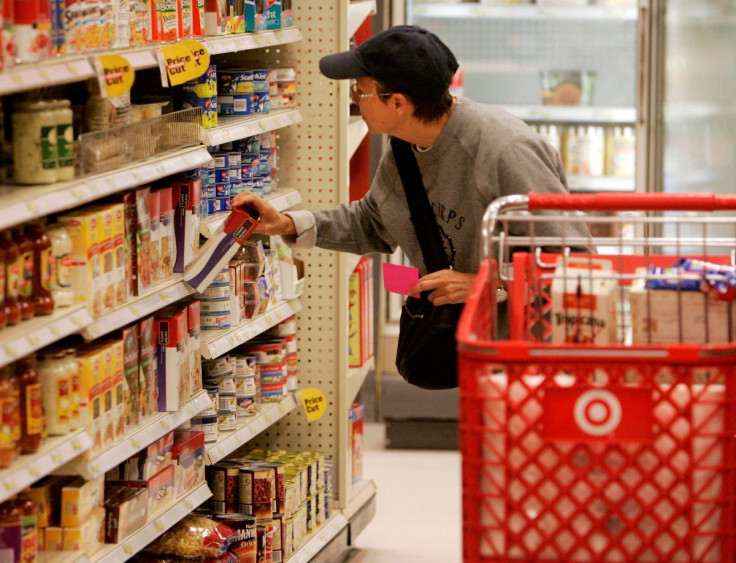5 Ways To Cut Your Grocery Bill As Food Prices Keep Rising
Food prices are on the rise as staples such as milk, eggs, bread, and meat keep increasing.
Food prices at the grocery store are now costing Americans 1% more since April 2020, the fastest monthly jump since April 2020, according to the latest Consumer Price Index. And food costs are only expected to cost consumers more in the coming months as they are predicted to rise between 4.5% to 5.5%, according to the Department of Agricultures’ Food Price Outlook.
But there are some ways to save at the grocery store to keep monthly food bills to a minimum. Here are some tips to help you can fight rising food prices and keep that grocery bill down in the coming months.
Plan Ahead
Making a shopping list and planning ahead for what you are going to buy at the grocery store can help avoid those impulse purchases that add up and end up costing you more.
Stick to your list, and don’t get distracted by store displays that entice you to buy items that you don’t really need.
Lisa Thompson, a savings expert at Coupons.com, told CNBC that when you plan your meals in advance you are more likely to only buy the things you need, helping you to stay on track and avoid impulse purchases.
Know Your Brands
Think about buying private-label brands over well-known name brand products.
Private-label brands from retailers are typically cheaper and can save as much as 10% to 40% over name brands, David Bishop, a partner at grocery consulting firm Brick Meets Click told WCVB, an ABC affiliate out of Boston.
Retailers have invested a great deal into improving their private-label brands in recent years, which in many cases are as good as many top brands, the news outlet said.
Shop The Sales
Buying products when they are on sale is always a good idea and a great way to save on your grocery bill, as many retailers put out weekly advertisements listing their sale items.
Stocking up on items you need during these sales can also help to save you more.
Edgar Dworsky, founder of education resource Consumer World told WCVB, for example, that “When apple juice is 99 cents a gallon, I will buy a case or two.”
Be Choosey
It is also smart to shop around for the best deal. Frozen meats and vegetables might be a better option over fresh, and a wholesale shoppers club like Costco or Sam’s Club might fit your budget better than other retail stores.
Victor Martino, the founder of grocery consulting firm Third Wave Strategies, told WCVB that he recommends shopping at least two different store formats for different deals.
Also, you should keep your pantry well organized and know what your expiration dates are so you don’t waste food before you consume it, CNBC suggests.
Watch For The Shrink
Shrinkflation is the new norm as consumers are paying the same price or more for a product that has shrunk in size.
As companies’ costs go up due to material expense, logistics, and labor, they pass this on to the consumer in what they hope is an unnoticeable way by reducing the size of the product but still charging the same price.
You can combat shrinkflation by comparing unit pricing on products and then buying the items that offer better savings per product size.

© Copyright IBTimes 2025. All rights reserved.





















